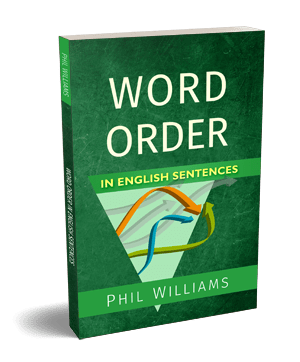Most years I try and do a few Halloween themed posts around October, and this time I’ve got a bit of reading practise focusing on one of my favourite writers, Shirley Jackson. I’ve written a little biography to share, including some of my thoughts on what we can learn from her writing, and in the next article I’ll share an example of her prose.
Shirley Jackson – A Biography
Shirley Jackson is regarded as one of the most influential American authors of the 20th century, famous for supernatural and psychological stories that present everyday life and people in an often sinister, Gothic light. Her most famous works were the novel The Haunting of Hill House and the short story, The Lottery.
Born in San Francisco, 1916, Jackson started writing at an early age. She took a break from education in 1936 to spend a year honing her writing skills, with a writing target of 1,000 words a day, before going back to university.
At Syracuse University, she started publishing short stories and poetry and became editor of the campus humour magazine. She met her future husband, a literary critic, after winning a poetry contest, and together they started a literary magazine.
After they graduated, they moved to New York where Jackson continued to write every day. Her stories were published in The New Republic and The New Yorker. In 1944, her story “Come Dance With Me in Ireland” was chosen for Best American Short Stories.
They moved again in 1945 to an old house in Vermont, where Jackson continued writing while raising her children. She published her first novel, The Road Through The Wall, in 1948, and in the same year had The Lottery published in The New Yorker.
The Lottery caused a big splash – the magazine received more mail than ever, most of it negative. Why? It’s a folk-style story of an ordinary village with a dark secret, which proved a bit too believable for some. It is still widely read, and you can no doubt find it online – described by some (including Stephen King) as the perfect short story.
In 1949, Jackson and her family moved again, to be closer to New York, and she published her second book, a collection of short stories. Her house became a hub for artists and writers, which must have been very inspiring.
In 1951 Jackson’s began publishing a series of Gothic novels that would establish her later style, and she moved back to Vermont where they would finally settle. She continued to write short stories for magazines, and had stories adapted for stage and television. Her novel The Bird’s Nest received great critical acclaim and was made into a film. Then, in 1959, came her best known novel, The Haunting of Hill House.
The Haunting of Hill House brilliantly combines Jackson’s nuanced psychological storytelling with the supernatural, and has been described as the “quintessential haunted house tale”. It has been adapted for film twice, and inspired a recent major TV series on Netflix.
Her final finished novel was We Have Always Lived in the Castle, which has also now been adapted into film. This story of an isolated pair of sisters is my personal favourite of her work: it is tense, eccentric and full of character.
Jackson took up teaching and reviewing roles in later life, and started to receive some major awards, but sadly died unexpectedly at only 48 years old.
It remains both entertaining and educational to read Jackson’s writing, which typifies the values I promote in my lessons. She wrote very efficient stories, none of them long, and managed to conjure memorable characters, moods and images with very few words. She was also incredibly effective at capturing personalities – in all her stories, through their particular thoughts and dialogue, the characters really come to life.
I hope this has been an interesting introduction to who I consider to an incredibly accomplished writer. I’ll be back next time with an example of her work, to help further entice you!






